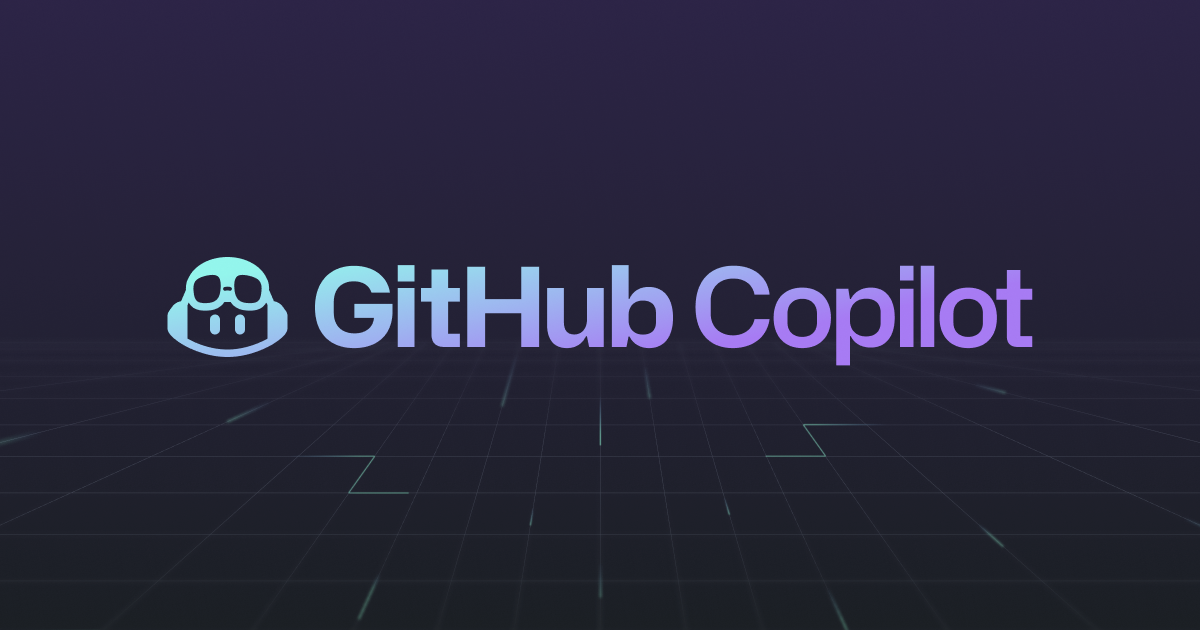
by rush-intely | Mar 23, 2023 | GitHub
Post Views: 1 GitHub Copilot is an AI-powered coding assistant that was launched in June 2021. It is a tool that helps developers write code faster and with fewer errors. It was developed by GitHub, in partnership with OpenAI, the same company that developed the GPT-3...
by rush-intely | Jan 17, 2023 | PHP
Post Views: 1 PHP, or Hypertext Preprocessor, is a popular programming language that is often used for creating dynamic websites and web applications. In this tutorial, we will be creating a simple “Hello World” program in PHP to help you get started. Step...


